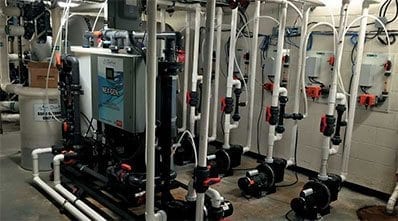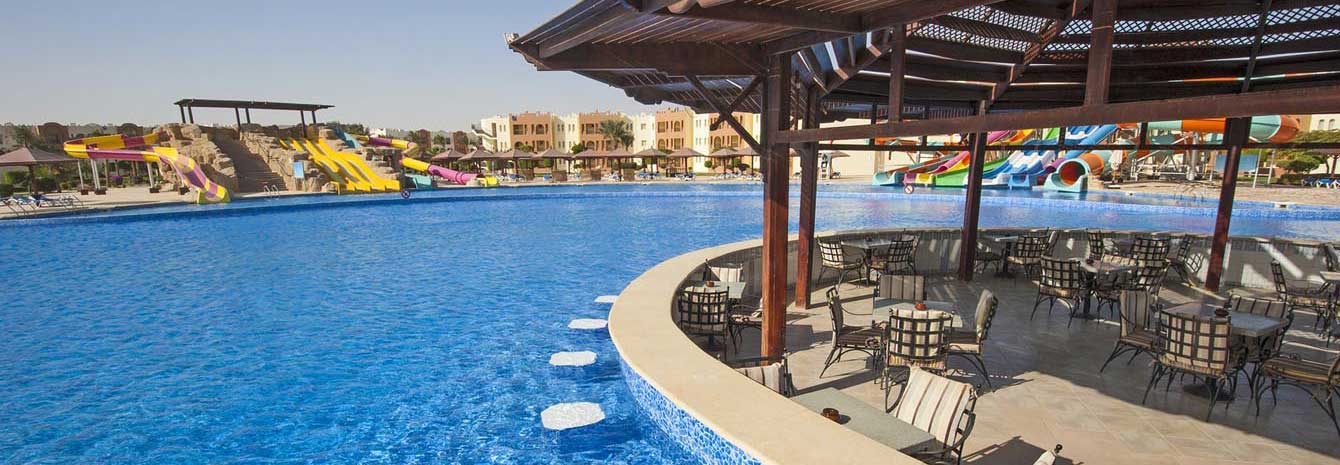
Making Water Safe for Swimming
October 27th, 2016
By Keith Miller
One of the most important challenges facing aquatic attractions is the safe, effective, and inexpensive sanitation of the water. Each year there are reports of illnesses brought about by the ineffective treatment of pathogens and parasites in swimming water, like cryptosporidium, E. coli, and flesh-eating amoebas.
Steve Pearce is president of ChlorKing, which specializes in the design and manufacture of water sanitation technology for water parks and commercial swimming pools.
On-site batch chlorine generators, like ChlorKing’s Nex-Gen, produce pH-neutral liquid chlorine from salt each day, eliminating the need to add salt to swimming water. It works well for pools that have heavy use or dilution, or for a facility that doesn’t wish to add salt to a pool, but still wants the benefits of using chlorine.
- Here are Steve Pearce’s important water sanitation considerations for water parks and other facilities with aquatic attractions:
- pH levels should be kept between 7.3 and 7.6.
- Indoor water parks can get chloramines, created by ammonia from sweat and urine mixing with chlorine and causing the strong unpleasant odor in some indoor pools (in outdoor pools, they dissipate). The use of UV sanitation reduces chloramines in indoor pools.
- Chlorine is still necessary because UV kills only what passes by the light source, and it can take six to eight hours for a park’s water to fully circulate past the UV lights for treatment. The absence of chlorine allows the growth of algae and other contaminants.
- Muriatic acid is mixed with chlorine to lower its pH level, but this mixing can create hazardous gas or even cause a fire. Keep chlorine and muriatic acid in separate storage areas, as required by new U.S. government regulations in some jurisdictions.
- Having an on-site chlorine generator that uses salt lowers the risks and liabilities associated with storing and mixing muriatic acid and liquid chlorine on site.
